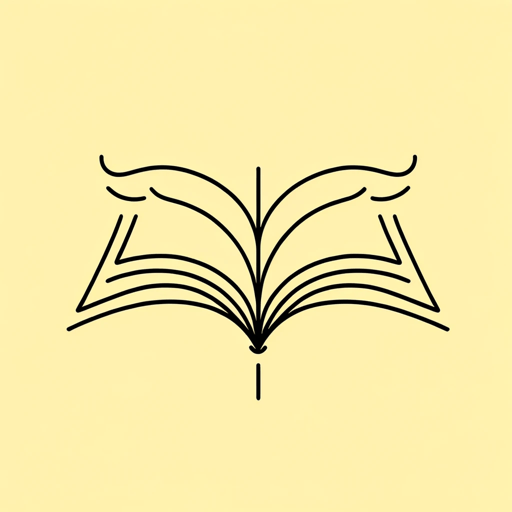31 pages • 1 hour read
J. R. R. TolkienOn Fairy-Stories
Nonfiction | Essay / Speech | Adult | Published in 1939A modern alternative to SparkNotes and CliffsNotes, SuperSummary offers high-quality Study Guides with detailed chapter summaries and analysis of major themes, characters, and more.
Index of Terms
Fantasy
Tolkien seeks to unpack and define the concept of “fantasy” as it relates to his argument. His use of “fantasy” does not correspond to the modern usage in the sense of the “fantasy genre.” This term—and the modern fantasy genre as it exists today—was not yet born. Tolkien generally uses the term “fairy-stories” to describe this group of narratives which, for him, must include elements which satisfy four human needs: fantasy, recovery, escape, and consolation. Tolkien defines fantasy in literature as the successful result of imagination combined with the ability to convey that imagination to others.
Eucatastrophe
Tolkien coins the term “eucatastrophe” to refer to the essential “consolation of fairy-stories, the joy of the happy ending” (153). “Catastrophe” is a literary term originating in Ancient Greek, where it meant the final resolution of a tragic drama, usually the hero’s death; “eu” is a Greek prefix meaning “good” or “true.” Tolkien argues that it is the highest function of fairy-story to produce this kind of joy in the reader, a joy that for Tolkien equates with the eternal, spiritual joy found in God. Eucatastrophic endings assure the reader that, regardless of the sorrows, terrors, or unexpected events of literature (and life), there is hope—which he sees as the hope of eternal rest.
Related Titles
By J. R. R. Tolkien

Farmer Giles of Ham
J. R. R. Tolkien

Leaf by Niggle
J. R. R. Tolkien
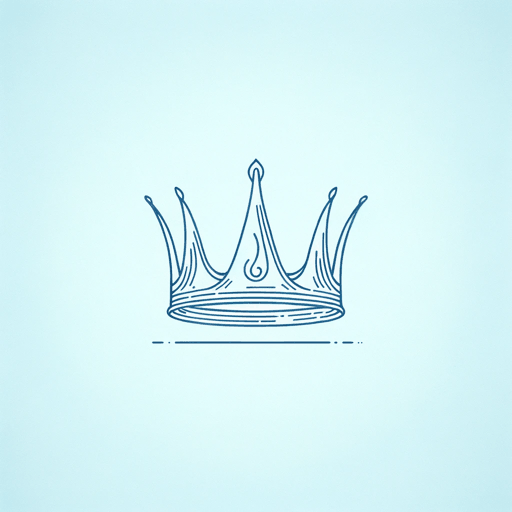
Return of the King
J. R. R. Tolkien
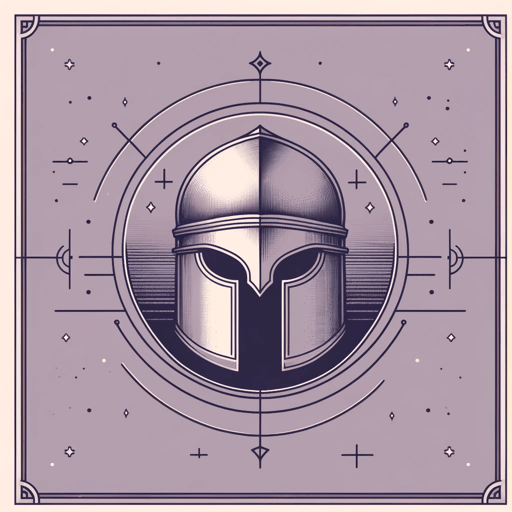
The Children of Húrin
J. R. R. Tolkien

The Fellowship of the Ring
J. R. R. Tolkien
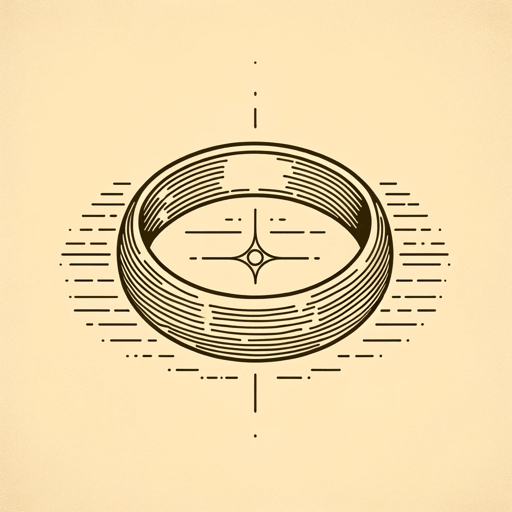
The Hobbit
J. R. R. Tolkien
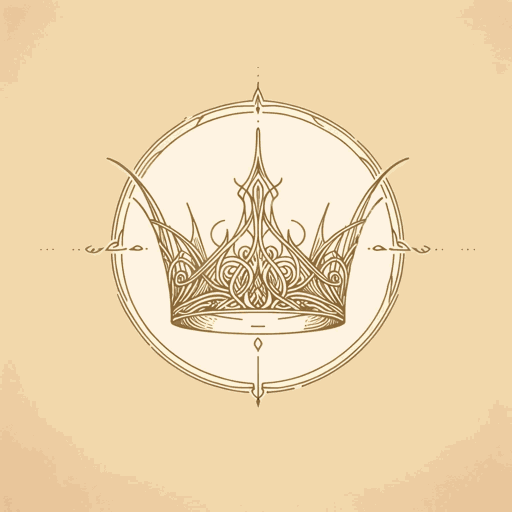
The Silmarillion
J. R. R. Tolkien
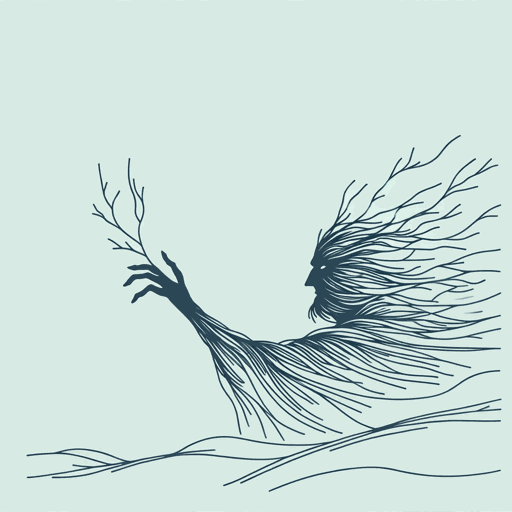
The Two Towers
J. R. R. Tolkien
